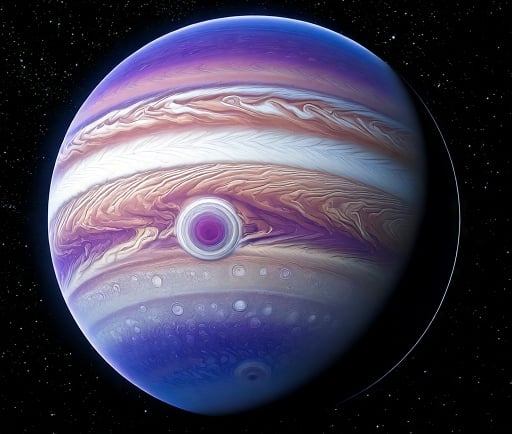47 Ursae Majoris D: In the Solar Analog


Introduction to 47 Uma D
47 Uma D, located within the constellation Ursa Major, is an intriguing star system situated approximately 14.06 parsecs from Earth. This interesting solar analog is gaining attention among astronomers and astrophysicists alike for its unique characteristics and the planetary system it hosts.
The Stellar Characteristics of 47 Uma D
As a solar analog, 47 Uma D shares several properties with our Sun, making it an enticing subject for further study. Its similar size, temperature, and luminosity contribute to its classification as a solar analog. Such attributes have sparked interest in its potential to support planetary bodies capable of hosting life.
Planetary System of 47 Uma D
47 Uma D is home to a fascinating collection of three exoplanets. These planets are detected primarily through the radial velocity method, which measures the stars' wobble caused by the gravitational pull of orbiting planets. The discovered planets exhibit an eccentricity of 0.16, highlighting their elliptical orbits. This distinctive characteristic adds to the intrigue surrounding the potential habitability and climatic conditions on these planets.
The Importance of Studying 47 Uma D
Understanding solar analogs like 47 Uma D is crucial for astronomers as they seek to answer fundamental questions about the formation of planetary systems and the potential for life beyond our own. Examining the characteristics of this system can yield insights into the similarities and differences between our solar system and other systems across the Milky Way.
Conclusion
In conclusion, 47 Uma D is not only an important stellar body due to its proximity and solar analog characteristics, but it also holds the potential for hosting complex planetary systems. Continued research and exploration of this star system may provide significant advancements in our understanding of astrophysics and the likelihood of extraterrestrial life.
